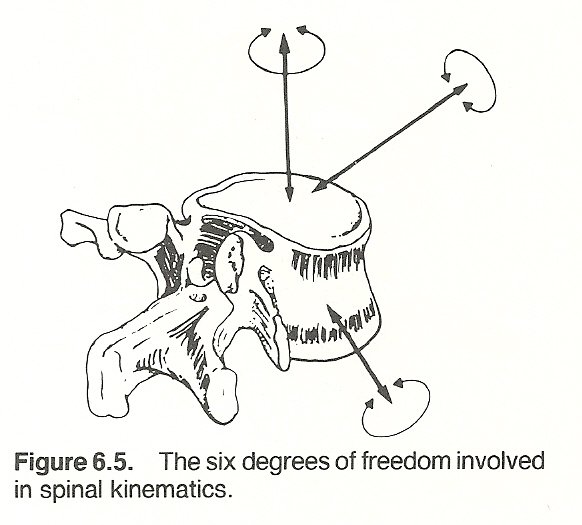The Vertebral Subluxation Complex Part 1: Spinal Kinesiopathology
Let's dive a little deeper into subluxation!
So I have already covered subluxation here, but I want to talk a little bit more about what subluxation is to chiropractors and why it's important to us. I have already told you that subluxation is basically a misalignment of the spine that is negatively impacting the brain's ability to communicate fully with the rest of the body through the nervous system. That part won't change. But I am going to tell you about what chiropractors call the Vertebral Subluxation Complex, or VSC for short.
The Vertebral Subluxation Complex has five components:
Spinal Kinesiopathology
Neuropathophysiology
Myopathology
Histopathology
Pathophysiology
Man! If you're like me, that's an awful lot of "ologies!" But, I'm going to try to break this down as simply as possible so that everything makes sense. So let's start with the first component: spinal kinesiopathology.
We know that spinal means this will relate to the spine, but what is the second part? Kinesiology is the study of the mechanics of movement of the human body. Almost all healthcare practitioners, including MDs, DCs, DOs, PTs, and even trainers have studied some type of kinesiology, so why are so few people familiar with that word? Probably because most people talk about biomechanics which is a subfield of kinesiology that is much more practical for every day usage. Okay, and what about the pathology part? I think most people know that pathology isn't a great word. "Patho" is the Greek prefix for suffering or disease, and "ology" means the study of something. Finally, if someone calls something pathological, it can just mean that it isn't functioning properly or as designed.
So if we put all these facts together, the first component of the VSC is a misaligned, poorly moving spinal segment.
So what is a spinal segment?
What is a spinal segment you ask? Excellent question. Chiropractors refer to individual vertebra as spinal segments, and we almost always discuss their motion and alignment relative to the vertebra above or below.
Take spinal segment T8 for example. T8 is the eighth thoracic, or midback, vertebra down from the bottom of the neck. It sits at roughly the bottom of the shoulder blade, and it's a chronic area in a lot of my patients, especially women. Why do you think that might be? Well, what article of somewhat restrictive clothing sits over your spine just below the base of your shoulder blades all day, every day? That's right. You're bra strap.
Following this example further, if T8 is misaligned as a result of repetitive microtrauma from wearing a bra that doesn't fit properly or is improperly designed, you could have a subluxation there. You could also have pain and discomfort. If it's a true subluxation, you will likely have some or all of the four other components of VSC in that area as well. We would describe the position of the subluxation in relation to the vertebra above and below which would be T7 and T9, and we would likewise describe the faulty movement patterns associated with T8 relative to T7 and to T9.
Using these relative associations, chiropractors are able to detect things that other healthcare providers may not be able to detect immediately. We are trained to detect a different in motion of each spinal segment down to three millimeters. We also have our hands on a lot spines, so we have a pretty good idea of what "normal" and "average" feel like. That way, when we feel something that isn't moving as well as it should, and especially if a segment isn't moving as well as the one immediately above or below, we can zoom in and focus on that trouble spot quickly and efficiently.
I hope this has helped you understand a little bit more about what a subluxation is, and how we are able to find and diagnose them. In the next segment, I will write about neuropathophysiology as it relates to the Vertebral Subluxation Complex. This is probably the most important part of the VSC in my opinion, and it is the most important reason to stay adjusted regularly! Stay tuned for that blog post. With any luck, you'll be seeing it next week!
Yours in health,
Dr. William


